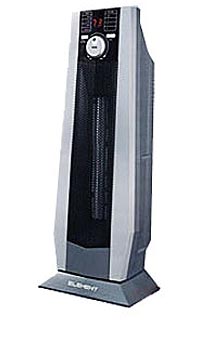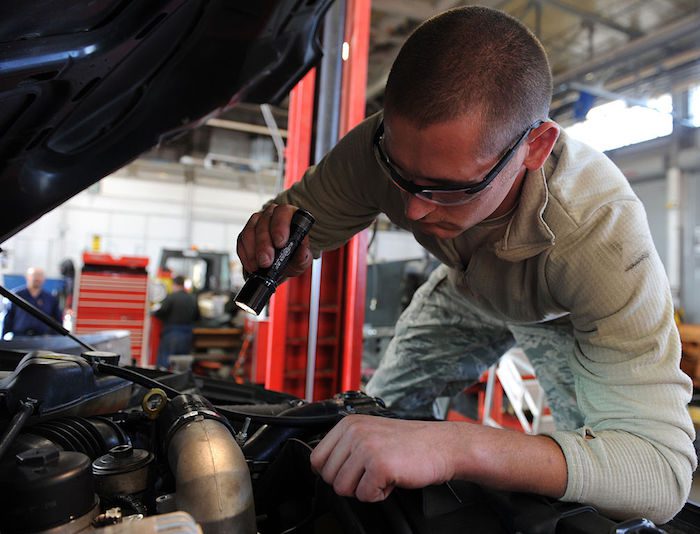
P2030 Fuel Heater Performance
Content
- P2030 Fuel Heater Performance
- OBD-II DTC Datasheet
- What does this mean?
- What is the severity of this DTC?
- What are some of the symptoms of the code?
- What are some of the common causes for the code?
- What are some steps to troubleshoot the P2030?
- Step 1
- Step 2
- Step 3
- Related DTC discussions
- Need more help with the P2030 code?
P2030 Fuel Heater Performance
OBD-II DTC Datasheet
Fuel heater characteristics
What does this mean?
This Diagnostic Trouble Code (DTC) is a generic transmission code and applies to many OBD-II vehicles (1996 and newer). This may include, but is not limited to, Mercedes-Benz, Land Rover, Opel, Toyota, Volvo, Jaguar, etc. Despite the general nature, the exact repair steps may vary depending on the year of manufacture, make, model and configuration. transmissions.
If your vehicle has stored a code P2030, it means that the powertrain control module (PCM) has detected a malfunction in the auxiliary or fuel heater system. This type of code only applies to vehicles with fuel heater systems.
Heating the interior of vehicles with modern clean diesel diesel engines can be challenging, especially in geographic areas with extremely cold ambient temperatures. Due to the total weight of the diesel engine, warming up the engine sufficient to open the thermostat (especially at idle speed) may not be possible in the event of a sharp drop in temperature. This can create a problem inside the passenger compartment if warm coolant cannot enter the heater core. To remedy this condition, some vehicles use a fuel-fired heater system. Typically, a small pressurized fuel reservoir supplies a closed burner with a precisely controlled amount of fuel whenever the ambient temperature falls below a certain level. The fuel heater injector and igniter can be automatically or manually activated by the occupants of the vehicle. The coolant flows through the built-in burner, where it heats up and enters the passenger compartment. This defrosts the windshield and other components before driving and before the engine reaches normal operating temperature.
Coolant temperature sensors are most commonly used to determine the heater temperature, but some models also use air temperature sensors. The PCM monitors temperature sensors to make sure the fuel heater is working properly.
If the PCM does not detect an appropriate degree of temperature difference between the coolant entering the fuel heater and the coolant leaving the fuel heater, the P2030 code may persist and the Malfunction Indicator Lamp (MIL) may illuminate. MIL may require multiple ignition cycles (with failure) to illuminate.

What is the severity of this DTC?
A stored code P2030 is likely to be accompanied by a lack of interior warmth. A stored code indicates an electrical problem or a serious mechanical problem. In very cold weather conditions that were conducive to maintaining this kind of code should be corrected as soon as possible.
What are some of the symptoms of the code?
Symptoms of a P2030 trouble code may include:
- There is no warmth in the cabin
- Excessive heat in the vehicle interior
- The climate control fan can be temporarily disabled
- Symptoms may not appear
What are some of the common causes for the code?
Reasons for this code may include:
- Defective temperature sensor (air or coolant)
- Defective heater fuel injector
- Fuel heater burner / igniter malfunction
- Short or open circuit in the wiring or connectors in the fuel heater circuit
- Defective PCM or programming error
What are some steps to troubleshoot the P2030?
To diagnose the P2030 code, you will need a diagnostic scanner, a digital volt / ohmmeter (DVOM), and a source of vehicle-specific diagnostic information.
You can use your vehicle information source to find a Technical Service Bulletin (TSB) that matches your vehicle's year, make and model; as well as engine displacement, stored codes and symptoms detected. If you find it, it can provide useful diagnostic information.
Use a scanner (connected to the vehicle's diagnostic socket) to retrieve all stored codes and associated freeze frame data. It is recommended that you write down this information before clearing the codes and then test drive the vehicle until the PCM enters ready mode or the code is cleared.
If the PCM enters ready mode at this time, the code is intermittent and can be much more difficult to diagnose. In this case, the conditions that contributed to the retention of the code may need to worsen before an accurate diagnosis can be made.
If the code is reset immediately, the next diagnostic step will require you to search your vehicle information source for diagnostic block diagrams, pinouts, connector faceplates, and component test procedures / specifications.
Step 1
Use the DVOM to test temperature sensors (air or coolant) according to the manufacturer's specifications. Transmitters that do not pass testing within the maximum allowable parameters should be considered as faulty.
Step 2
Use your vehicle diagnostic information source and DVOM to test heater fuel injectors and system-activated ignitors. If climatic conditions do not allow activation, use the scanner for manual activation.
Step 3
If the system switches and other components work, use the DVOM to test the input and output circuits from the fuse panel, PCM, and ignition switch. Disconnect all controllers before using the DVOM for testing.
- Fuel heating systems are used mainly in diesel vehicles and in very cold markets.
Related DTC discussions
- There are currently no related topics in our forums. Post a new topic on the forum now.
Need more help with the P2030 code?
If you still need help with DTC P2030, post a question in the comments below this article.
NOTE. This information is provided for informational purposes only. It is not intended to be used as a repair recommendation and we are not responsible for any action you take on any vehicle. All information on this site is protected by copyright.
